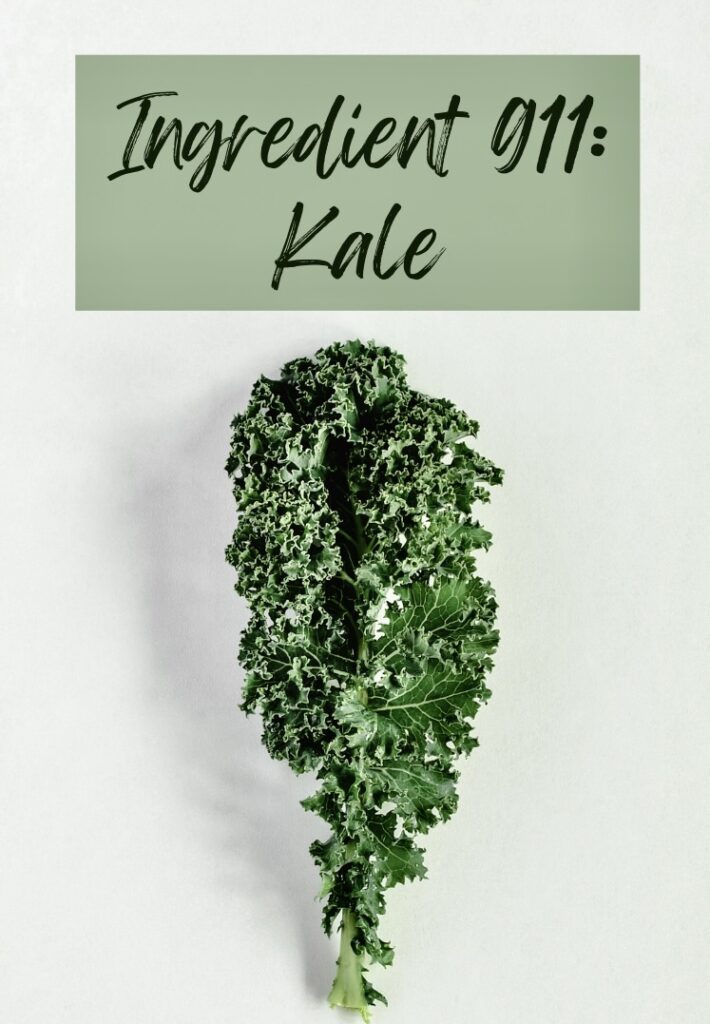
Research has shown that exercise can reduce or prevent the risk of many chronic diseases. Research has shown that moderate exercise is associated with a lower risk of certain types and types of cancer. Moreover, people who exercise regularly have lower risks of developing diabetes and cardiovascular disease, which are linked to obesity. Physical activity can also help prevent conditions like diabetes and heart disease.
Exercise has many benefits. Exercise has been shown to improve memory and concentration, reduce depression and insomnia, lower blood pressure and cholesterol, promote bone health and boost the immune system. It is also an excellent anti-inflammatory agent because it increases WBCs. This may be beneficial in preventing many conditions. There are many other benefits to exercise. This makes it a more popular option for treating chronic diseases.

Exercise's benefits are transdiagnostic. This means they can vary depending on the symptoms you experience. Exercise can improve your sleep quality and mood as well as relieve stress and anxiety. In addition to that, exercise is a great way to reduce the risks of heart disease, diabetes, and stroke. In addition to preventing these diseases, exercise is a valuable way to maintain a healthy weight and overall health.
According to the Mayo Clinic, there are 29 million Americans living with diabetes. The vast majority of these patients are unaware of their condition, and many have never been diagnosed. A study of heart attack patients showed a 20 to 25% reduction in their mortality compared to non-participants. Other studies showed even higher reductions. Many studies have shown that exercise rehabilitation can increase the life expectancy of people who suffer from heart attacks.
Regular exercise has many benefits for your health. Regular exercise can improve the quality and prevent many diseases. Exercise can lower your risk of developing other health issues, such as anxiety, dementia, and depression. These are just a handful of the many benefits exercise has. It is important to stay active and to reduce the risk of developing chronic diseases. There are numerous other advantages of exercising.

Regular physical activity has been associated with a lower risk of many chronic illnesses. It can help lower your risk of developing high blood pressure or other complications. It can also improve your overall well-being. Research on heart disease has shown that stroke prevention can be achieved by increasing your physical activity. You can reduce your risk of developing heart disease by increasing your activity. Exercise will help you lose excess weight if your are overweight.
FAQ
How can I lose weight by avoiding certain foods?
Avoid trans fats. Trans fats raise LDL (the bad) cholesterol levels and reduce HDL (the good) cholesterol levels.
Trans fats can also be found in deep-fried food, fast food, packaged bakery goods, snack cakes, as well as other processed foods.
These unhealthy fats also cause inflammation, leading to heart disease and diabetes.
Avoid foods containing artificial sweeteners. Artificial sweeteners can increase your risk of developing cancer.
They are found in everything, from soft drinks to chewing tobacco to candy bars. They appear in many other foods, including meat, poultry, fish, and eggs.
Artificial sweeteners can be saccharin or cyclamate, sucralose, sorbitol or aspartame.
The American Heart Association recommends that these chemicals be avoided as they can damage DNA.
Is it true that kidney stones can be caused by overeating protein?
Protein helps maintain healthy bone and tissue. Too much protein can cause calcium to be excreted through the urine. This can lead kidney stones.
It is important that you note that not all people develop kidney stones when they consume more than 2 grams of protein per kg (2.2 pounds). People can eat large amounts of protein and not get kidney stones.
Watching your sodium intake can help prevent kidney stones. Sodium is important for maintaining the body's water balance. Too much sodium results in a higher risk of developing kidney stones.
If you have kidney stone, you might also consider reducing your protein intake. Protein provides about half of the daily caloric needs for most adults. A reduction in protein intake will likely result in weight loss.
If you do decide to eat more protein, don't go overboard. Aim for less than 20% of total calories from protein.
Why is Metabolic Wellness the Key to Aging Well
People live longer today than ever before. But as they do, they're also getting sicker. While medical science has made incredible advances, it's becoming increasingly obvious that the current approach is not working.
We have to change how we see health and aging. Healthy aging is possible only if we look at our metabolic health, not just weight loss, but also overall well-being.
To live a full and active life, your metabolism should be healthy all your life.
The good news? There are many things you can do to improve your metabolism. One of those ways is to incorporate these 7 foods into your diet:
-
Resveratrol has been found to be a key ingredient in blueberries, and it has been shown that it can help increase cell longevity. They are also rich in vitamins C & E and antioxidants.
-
Beans like lentils and pinto beans are excellent fiber and plant-based protein sources. These nutrients are important for maintaining blood sugar levels that don't spike, crash or change.
-
Broccoli contains sulforaphane, shown in studies to protect cells against DNA damage. It may even slow down the progress of cancer.
-
Chia Seeds are high-in omega-3 fatty acids, fiber, and other nutrients. They are rich in protein and antioxidants. All of these nutrients are good for heart health, brain function, gut health, and overall health.
-
Green Tea is rich in polyphenols known as catechins. Green tea catechins have been shown to reduce bone fractures, heart disease, cognitive decline, diabetes risk, and other health issues.
-
Salmonis rich in vitamin D and low in saturatedfat, salmon is one of the best sources for lean protein.
-
Walnuts are rich in omega-3s as well as antioxidants such alpha lipoic acids (ALA). ALA helps boost energy production and protects against inflammation.
Is it possible to go to the gym every day of the week?
You can go to the gym seven times a week, but not at once. This means you need to choose a time when you feel rested and not too tired.
This will help you stay motivated and keep you energized for other activities.
Also, ensure you eat healthy during these times. This will ensure that you aren't tired and slow when you go to the gym.
Last, you must make sure that there isn’t another thing competing for your attention. For example, if you have children, you may want to avoid exercising on school nights as they will distract you from your workout.
Can I drink alcohol while exercising?
Yes. Alcohol increases energy expenditure, speeds up recovery times, and reduces soreness.
Alcohol also increases insulin sensitivity, making it easier to absorb glucose.
Alcohol can cause dehydration. This can slow down your metabolism. You may also experience a reduction in testosterone production which can lead to decreased muscle-building potential.
For these reasons, women shouldn't drink alcoholic beverages before working out. Women who are heavily alcoholic should wait at minimum 24 hours before starting to work out.
The best thing for women who are pregnant is to avoid alcohol.
Men should limit their alcohol intake to just one drink each day.
Statistics
- By John Thompson Take a whopping 38% off a set of PowerBlock Pros. (menshealth.com)
- Get free shipping and 25% off today. (healthline.com)
- Cardmembers earn 5% Back at Amazon.com with a Prime Credit Card. (amazon.com)
- According to the American Heart Association, blood pressure should be checked at least once every two years, beginning at age 20. (my.clevelandclinic.org)
- 10 pounds in a month is likely during a lean bulking phase, especially for beginners. (muscleandstrength.com)
External Links
How To
How can a man lose weight in just 30 days.
Breaking down fitness goals into manageable steps will help you reach your fitness goals.
Each day you need to be working towards your goal. This could mean anything from doing 10 pushups for 5 minutes to running 3km.
You will notice positive results if this is done consistently over time.
Consistency is the key here. You must keep going until you succeed.
What is the difference between Aerobic Fitness and Anaerobic Fitness?
Anaerobic fitness means that our bodies can perform intense physical work with no oxygen. Anaerobic pathways provide sufficient energy for high-intensity exercise. Anaerobic pathways can include glycolysis, creatinephosphate, the Phosphagen, and lactic acids.
Aerobic fitness, however, refers to the continuous practice of low-intensity aerobic exercise. When performing aerobic exercises oxygen is used to fuel the cells. In other words, aerobic pathways provide more energy than anaerobic.
If you are looking to run a full marathon, then you have to increase your aerobic ability. If you concentrate on building your anaerobic capability, you won’t be able complete the race.
Aerobic fitness is also known as cardiovascular fitness. Step tests and VO2 max testing are the most popular methods to measure cardiovascular fitness.
Tests for VO2 Max
The maximum amount of oxygen (O2) the body can use during exercise is called VO2 max. This test measures the body's ability to use O2 while exercising.
This test can measure your cardiovascular fitness accurately. It requires expensive equipment and highly-trained professionals to administer.
Step Tests
Step tests can be used to assess cardiovascular fitness. They are easy and effective. They involve walking or jogging on a treadmill or track for a certain duration based on your age and weight.
These tests are simple to perform, cost-effective, and easily accessible from almost any location. For example, you could walk on a treadmill 20 minutes and then stop. Throughout the entire session, your heartbeat should stay within a set range.
This protocol is called the "Bruce Protocol". Bruce himself was a runner who developed this protocol after he realized that his heart rate would not increase when he ran longer distances.